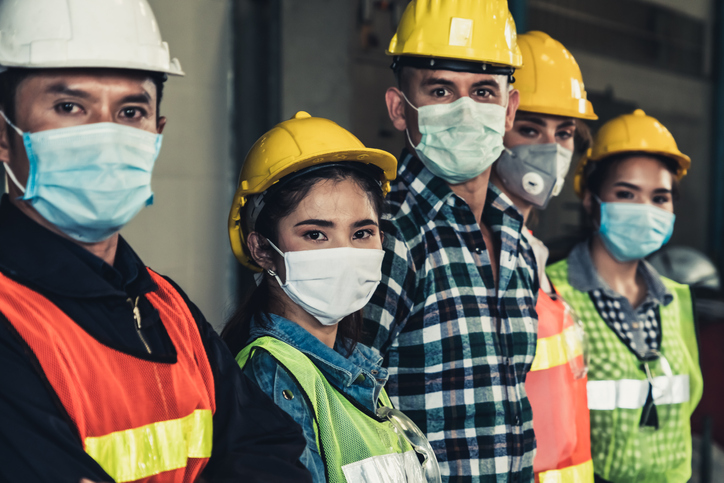What both employers and employees need to know about the new PPE at work regulations

What is Protective Personal Equipment (PPE)?
The term PPE gained wider recognition amongst the general public during the Coronavirus pandemic, due to frequent mentions in the headlines in association with healthcare. The Health and Safety Executive (HSE) defines PPE as ‘equipment that will protect the user against health or safety risks at work’ such as eye protection, gloves, hearing protection, safety footwear and respiratory protective equipment (RPE). Where a risk assessment finds PPE to be necessary, an employer is obliged to provide it free of charge.
What’s changing?
Whilst most of the existing regulations (PPER 1992 Regulations) remain in force, the new regulations now extend to limb (b) workers. Limb (b) workers and their duties are explained in detail by the HSE, but in general terms they are individuals who may:
undertake casual or irregular work for more than one company;work under a contract for service;receive holiday pay but no other employment rights;only carry out the work if they choose to do so.
In contrast, limb (a) workers have a formal contract of employment and were already covered under the PPER 1992 Regulations.
What does this mean for employers?
Employers with both limb (a) and limb (b) workers need to ensure a consistent approach in how they provide PPE to employees, including provision of PPE at no cost. They may also need to carry out risk assessments and PPE suitability assessments to ensure all of their staff are protected at work.
Ultimately the new regulations should provide clarity for employers on their health and safety duties towards workers, whilst making workplaces even safer for employees. In addition, whilst it is important to recognise that PPE is considered the last resort when it comes to health and safety control measures, the amendments mean that regardless of their employment type, all workers should have the same rights and access to protection when required.






